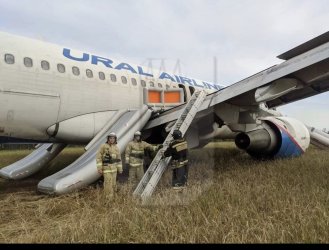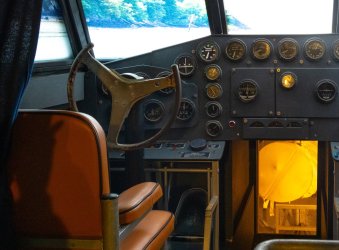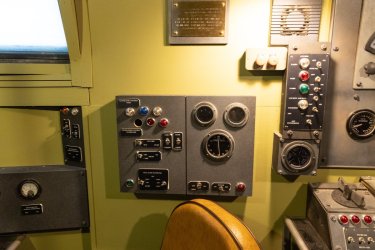AviatorInsight
Established Member
- Joined
- Oct 5, 2016
- Posts
- 1,396
With the conditions in MEL earlier today they were using runway 34 only. The aircraft would have had a feeder fix time to meet at waypoint WAREN for the WAREN7A arrival. Given the short sector length it would be hard to lose a lot of time en-route. This explains the big dog leg towards Toora before making their way back.I was walking down Collins St in Melbourne a few minutes ago and noticed a 737 rocketing through the sky above me. So unusual did the speed seem that I opened Flight Radar and saw that it was VA 1365 inbound from LST.
According to FR, the aircraft was at 270knots and 4,000ft, which appeared to be about 100 above the normal speed I notice.
The aircraft then missed the usual right turn towards MEL at Yarraville, tracking out towards Laverton North, in a sort of dog leg before tracking towards the airport.
My question for the pilots is what sort of reasons would result in an approach being so much faster than normal, and at what point should such an approach be abandoned?
Side note is that it’s extremely blustery in MEL today.
The speed you're seeing on FR is ground speed not actual indicated airspeed. By the time they get to Vermont South at 7,500ft their ground speed is 200kts (consistent with the 40-50kts of northerly wind). As they turn out of the wind the ground speed will rise naturally.
The tracking looks fairly normal with the standard arrival until they get to Richmond. From here my guess is that they needed to lose more time for the sequence and so get vectored off the arrival. When being vectored by ATC we fly on heading (not track) so our actual track across the ground will be affected by wind. With a strong northerly this will have the tendency to push the aircraft further south past the West Gate Bridge rather than the usual tracking via the Bolte.
Another giveaway that they're then told to reduce to final approach speed for a little more room, is the consistent holding of around the 125kt ground speed mark. when they turn to intercept the final approach course.
Our stabilised approach criteria is -5 to +10kts below 1,000ft. If we are consistently outside of those tolerances then a go around must be executed.



















